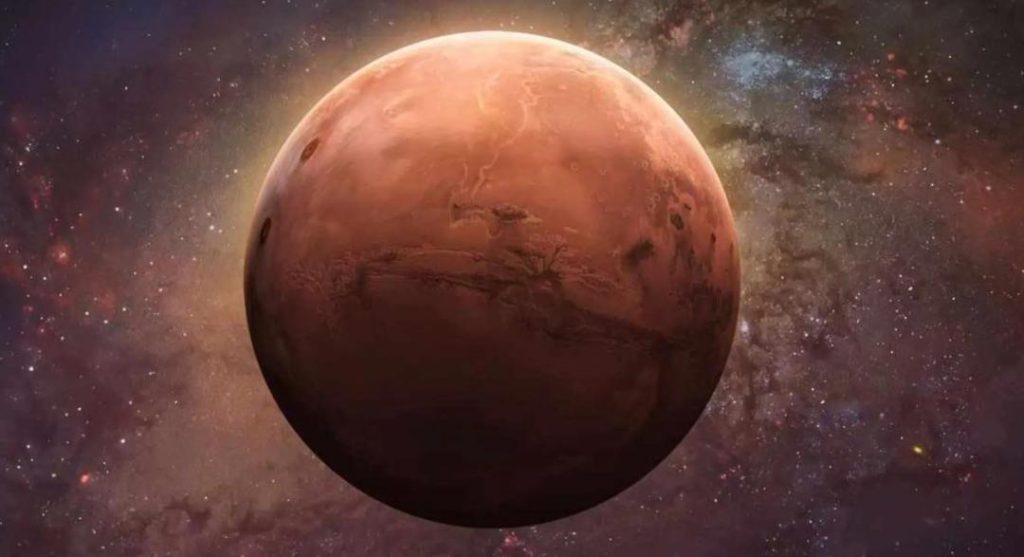
How Martian Soil Could Help Us Build Homes on the Red Planet?
As humanity continues to push the boundaries of space exploration, the possibility of establishing a human settlement on Mars is becoming increasingly plausible. However, the harsh Martian environment and lack of readily available resources pose significant challenges to making this vision a reality. One potential solution lies in the Martian soil itself, which could be used to produce metals that can be used for building homes, research facilities, and even excavation machinery.
Scientists are exploring the concept of in-situ resource utilisation (ISRU), which involves using local resources to produce the materials needed for a Martian settlement. Dr. Deddy Nababan and Prof. Akbar Rhamdhani, experts in the field, are leading the charge in developing this technology. They are currently testing Mars soil simulants on Earth to produce metals with zero waste, a breakthrough that could revolutionize the way we think about building on the red planet.
The Challenge of Building on Mars
Mars is a daunting environment for human habitation. The planet’s atmosphere is thin, the temperatures are extreme, and the soil is inhospitable to most forms of life. However, the Martian soil does contain metal oxides, which are the building blocks of metals. The challenge is to extract and process these metals in a way that is efficient, cost-effective, and sustainable.
The Power of ISRU
ISRU is a game-changer for Martian settlement. By using local resources, we can reduce the need for resupply missions from Earth, which would significantly decrease the cost and complexity of establishing a human settlement. ISRU also has the potential to create a closed-loop system, where resources are recycled and reused, minimizing waste and environmental impact.
Dr. Nababan and Prof. Rhamdhani’s research focuses on developing a process for extracting metals from Martian soil using ISRU. They are using Mars soil simulants, which are carefully crafted to mimic the chemical composition and physical properties of Martian soil, to test their techniques.
The Potential of Martian Soil
The Martian soil simulants are proving to be a valuable resource in the development of ISRU. The team has successfully extracted metals such as iron, nickel, and chromium from the simulants using a combination of chemical and thermal processes.
These metals could be used to create a range of materials, including alloys, which are essential for building structures that can withstand the harsh Martian environment. The alloys could be used to create shells for housing and research facilities, as well as excavation machinery, which would be critical for establishing a sustainable human presence on the planet.
The Future of Martian Settlement
The potential of Martian soil to support the development of a human settlement on Mars is vast. By leveraging ISRU, we can create a sustainable and self-sufficient society that is capable of supporting life for generations to come.
The research being conducted by Dr. Nababan and Prof. Rhamdhani is just the beginning. As we continue to develop and refine our understanding of ISRU, we will be one step closer to making the dream of a human settlement on Mars a reality.
Conclusion
Turning Martian soil into metal might be possible, and it could be the key to unlocking the secrets of building a sustainable human settlement on the red planet. The research being conducted by Dr. Nababan and Prof. Rhamdhani is a significant step forward in the development of ISRU, and it has the potential to revolutionize the way we think about building on Mars.
As we continue to push the boundaries of space exploration, we must also consider the challenges and opportunities that come with establishing a human presence on another planet. By leveraging the resources of the Martian soil, we can create a sustainable and self-sufficient society that is capable of supporting life for generations to come.
Source:
https://www.newsbytesapp.com/news/science/turning-mars-s-soil-into-metal-might-be-possible/story






